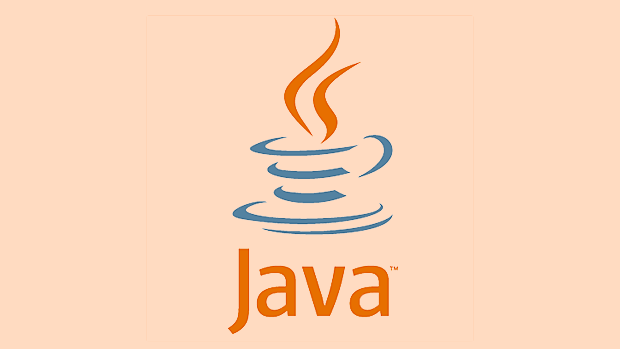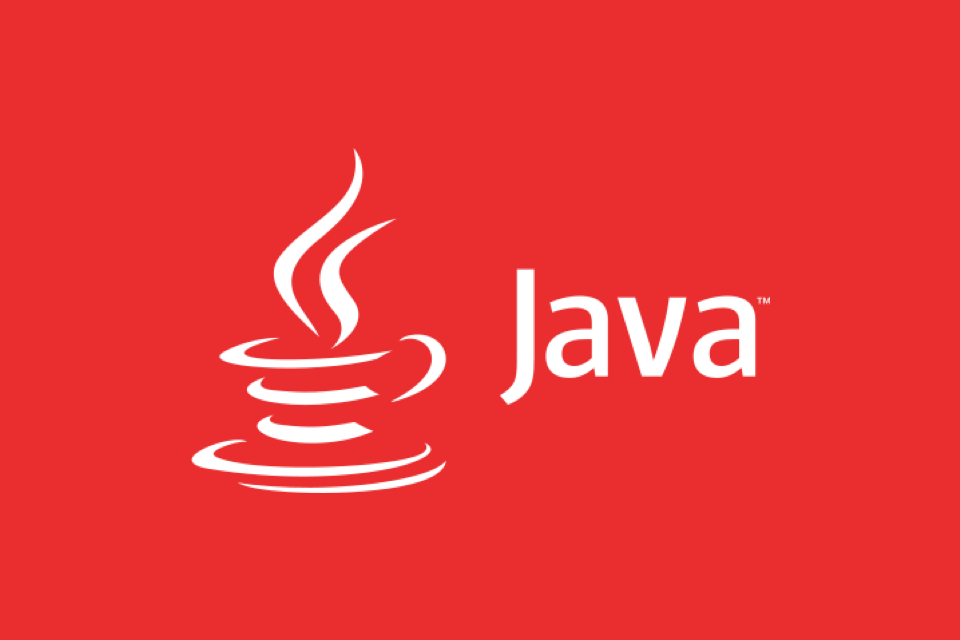Message-Driven Bean (MDB) is a component used in the EJB specification for processing JMS messages. It is stateless, interface-free, and triggered by messages. 1. It listens to queues or topics and automatically executes onMessage methods to process messages; 2. Integrates with JMS to support transactions and concurrency; 3. It is often used in asynchronous scenarios such as order processing, log collection, and notification systems; 4. Pay attention to idempotence, message confirmation, exception handling and JMS configuration when using it.

In an enterprise Java application, if you need to process asynchronous messages, such as receiving data from a queue or topic and doing business processing, Java's Message-Driven Beans (MDBs) is a very suitable component. It does not require active calls like the Session Bean, but passively listens to the message source, and automatically triggers the processing logic when a message comes.

What is a Message-Driven Bean?
MDB is a component type in the EJB (Enterprise JavaBeans) specification, specifically used to process JMS (Java Message Service) messages. It has no interface and does not require explicit client calls, but rather receives messages and processes them by listening to a message destination (such as a queue or topic).
Simply put, you can think of it as a backend service, waiting specifically to receive messages, and once a message comes in, it will run automatically.

- It is stateless: every time the message arrives, the container calls the onMessage method.
- Tightly Integrated with JMS: Usually used to consume messages from JMS providers.
- Support for transaction and concurrent processing: managed by EJB containers, you only need to write processing logic.
How to define an MDB?
Defining an MDB is not complicated, only a few key points are required:
- Implement the
MessageListenerinterface - Use
@MessageDrivenannotation to specify the listened message source - Implement
onMessage()method
Here is a simple example:

@MessageDriven(activationConfig = {
@ActivationConfigProperty(propertyName = "destinationType", propertyValue = "javax.jms.Queue"),
@ActivationConfigProperty(propertyName = "destination", propertyValue = "myQueue")
})
public class MyMessageDrivenBean implements MessageListener {
@Override
public void onMessage(Message message) {
if (message instanceof TextMessage) {
try {
System.out.println("Received message: " ((TextMessage) message).getText());
} catch (JMSException e) {
e.printStackTrace();
}
}
}
}A few explanations:
- This MDB listens for a queue named
myQueue. - After receiving the message, the content will be printed.
- If you want to listen to the topic (Topic), just change
destinationTypejavax.jms.Topic.
Common usage scenarios of MDB
MDB is suitable for asynchronous and non-blocking processing scenarios, such as:
- Receive order creation messages and process inventory updates asynchronously
- Log collection system, receive log messages and write to database
- Notify the system, send emails or text messages after receiving the event
The common feature of this type of scenario is that it does not need to respond to the sender immediately, but every message needs to be processed reliably.
In actual development, you may encounter these problems:
- Repeated consumption of messages: Illusion-oriented processing is required in business logic
- Message loss: Ensure that MDB is processed in a transaction and can roll back and try again if it fails
- Message order: If the order is important, additional message groups are required or orderly queues are used
Precautions for deployment and configuration of MDB
Although MDB is simple to write, there are some easy points to ignore in deployment and configuration:
- JMS provider configuration : Application servers (such as WildFly, WebLogic) need to properly configure the JMS service before MDB can connect to a queue or topic.
- Message confirmation mode : The default is automatic confirmation, but if you need a more reliable scenario, transaction management can be enabled.
- Concurrency control : Control the number of concurrent instances through
@ConcurrencyManagementor server configuration. - Exception handling : The exception thrown in the onMessage method will affect message confirmation. It is recommended to catch exceptions inside the method and log them.
If the MDB does not receive a message after deployment, you can check:
- Is the queue name spelled correctly?
- Is MDB successfully deployed
- Whether the JMS service is started
- Is there any network or permissions issue
Summarize
Overall, MDB is a very practical component in enterprise Java for handling asynchronous messages. It has a clear structure, is well integrated with JMS, and is suitable for background message processing. As long as you pay attention to configuration and exception handling, you can run stably. Basically, that's not complicated to use but the details are easy to ignore.
The above is the detailed content of Java Message-Driven Beans (MDBs) in Enterprise Java. For more information, please follow other related articles on the PHP Chinese website!

Hot AI Tools

Undress AI Tool
Undress images for free

Undresser.AI Undress
AI-powered app for creating realistic nude photos

AI Clothes Remover
Online AI tool for removing clothes from photos.

Clothoff.io
AI clothes remover

Video Face Swap
Swap faces in any video effortlessly with our completely free AI face swap tool!

Hot Article

Hot Tools

Notepad++7.3.1
Easy-to-use and free code editor

SublimeText3 Chinese version
Chinese version, very easy to use

Zend Studio 13.0.1
Powerful PHP integrated development environment

Dreamweaver CS6
Visual web development tools

SublimeText3 Mac version
God-level code editing software (SublimeText3)
 Asynchronous Programming Techniques in Modern Java
Jul 07, 2025 am 02:24 AM
Asynchronous Programming Techniques in Modern Java
Jul 07, 2025 am 02:24 AM
Java supports asynchronous programming including the use of CompletableFuture, responsive streams (such as ProjectReactor), and virtual threads in Java19. 1.CompletableFuture improves code readability and maintenance through chain calls, and supports task orchestration and exception handling; 2. ProjectReactor provides Mono and Flux types to implement responsive programming, with backpressure mechanism and rich operators; 3. Virtual threads reduce concurrency costs, are suitable for I/O-intensive tasks, and are lighter and easier to expand than traditional platform threads. Each method has applicable scenarios, and appropriate tools should be selected according to your needs and mixed models should be avoided to maintain simplicity
 Best Practices for Using Enums in Java
Jul 07, 2025 am 02:35 AM
Best Practices for Using Enums in Java
Jul 07, 2025 am 02:35 AM
In Java, enums are suitable for representing fixed constant sets. Best practices include: 1. Use enum to represent fixed state or options to improve type safety and readability; 2. Add properties and methods to enums to enhance flexibility, such as defining fields, constructors, helper methods, etc.; 3. Use EnumMap and EnumSet to improve performance and type safety because they are more efficient based on arrays; 4. Avoid abuse of enums, such as dynamic values, frequent changes or complex logic scenarios, which should be replaced by other methods. Correct use of enum can improve code quality and reduce errors, but you need to pay attention to its applicable boundaries.
 Understanding Java NIO and Its Advantages
Jul 08, 2025 am 02:55 AM
Understanding Java NIO and Its Advantages
Jul 08, 2025 am 02:55 AM
JavaNIO is a new IOAPI introduced by Java 1.4. 1) is aimed at buffers and channels, 2) contains Buffer, Channel and Selector core components, 3) supports non-blocking mode, and 4) handles concurrent connections more efficiently than traditional IO. Its advantages are reflected in: 1) Non-blocking IO reduces thread overhead, 2) Buffer improves data transmission efficiency, 3) Selector realizes multiplexing, and 4) Memory mapping speeds up file reading and writing. Note when using: 1) The flip/clear operation of the Buffer is easy to be confused, 2) Incomplete data needs to be processed manually without blocking, 3) Selector registration must be canceled in time, 4) NIO is not suitable for all scenarios.
 How Java ClassLoaders Work Internally
Jul 06, 2025 am 02:53 AM
How Java ClassLoaders Work Internally
Jul 06, 2025 am 02:53 AM
Java's class loading mechanism is implemented through ClassLoader, and its core workflow is divided into three stages: loading, linking and initialization. During the loading phase, ClassLoader dynamically reads the bytecode of the class and creates Class objects; links include verifying the correctness of the class, allocating memory to static variables, and parsing symbol references; initialization performs static code blocks and static variable assignments. Class loading adopts the parent delegation model, and prioritizes the parent class loader to find classes, and try Bootstrap, Extension, and ApplicationClassLoader in turn to ensure that the core class library is safe and avoids duplicate loading. Developers can customize ClassLoader, such as URLClassL
 Handling Common Java Exceptions Effectively
Jul 05, 2025 am 02:35 AM
Handling Common Java Exceptions Effectively
Jul 05, 2025 am 02:35 AM
The key to Java exception handling is to distinguish between checked and unchecked exceptions and use try-catch, finally and logging reasonably. 1. Checked exceptions such as IOException need to be forced to handle, which is suitable for expected external problems; 2. Unchecked exceptions such as NullPointerException are usually caused by program logic errors and are runtime errors; 3. When catching exceptions, they should be specific and clear to avoid general capture of Exception; 4. It is recommended to use try-with-resources to automatically close resources to reduce manual cleaning of code; 5. In exception handling, detailed information should be recorded in combination with log frameworks to facilitate later
 How does a HashMap work internally in Java?
Jul 15, 2025 am 03:10 AM
How does a HashMap work internally in Java?
Jul 15, 2025 am 03:10 AM
HashMap implements key-value pair storage through hash tables in Java, and its core lies in quickly positioning data locations. 1. First use the hashCode() method of the key to generate a hash value and convert it into an array index through bit operations; 2. Different objects may generate the same hash value, resulting in conflicts. At this time, the node is mounted in the form of a linked list. After JDK8, the linked list is too long (default length 8) and it will be converted to a red and black tree to improve efficiency; 3. When using a custom class as a key, the equals() and hashCode() methods must be rewritten; 4. HashMap dynamically expands capacity. When the number of elements exceeds the capacity and multiplies by the load factor (default 0.75), expand and rehash; 5. HashMap is not thread-safe, and Concu should be used in multithreaded
 Explained: Java Polymorphism in Object-Oriented Programming
Jul 05, 2025 am 02:52 AM
Explained: Java Polymorphism in Object-Oriented Programming
Jul 05, 2025 am 02:52 AM
Polymorphism is one of the core features of Java object-oriented programming. Its core lies in "one interface, multiple implementations". It implements a unified interface to handle the behavior of different objects through inheritance, method rewriting and upward transformation. 1. Polymorphism allows the parent class to refer to subclass objects, and the corresponding methods are called according to the actual object during runtime; 2. The implementation needs to meet the three conditions of inheritance relationship, method rewriting and upward transformation; 3. It is often used to uniformly handle different subclass objects, collection storage and framework design; 4. When used, only the methods defined by the parent class can be called. New methods added to subclasses need to be transformed downward and accessed, and pay attention to type safety.
 Effective Use of Java Enums and Best Practices
Jul 07, 2025 am 02:43 AM
Effective Use of Java Enums and Best Practices
Jul 07, 2025 am 02:43 AM
Java enumerations not only represent constants, but can also encapsulate behavior, carry data, and implement interfaces. 1. Enumeration is a class used to define fixed instances, such as week and state, which is safer than strings or integers; 2. It can carry data and methods, such as passing values ??through constructors and providing access methods; 3. It can use switch to handle different logics, with clear structure; 4. It can implement interfaces or abstract methods to make differentiated behaviors of different enumeration values; 5. Pay attention to avoid abuse, hard-code comparison, dependence on ordinal values, and reasonably naming and serialization.






